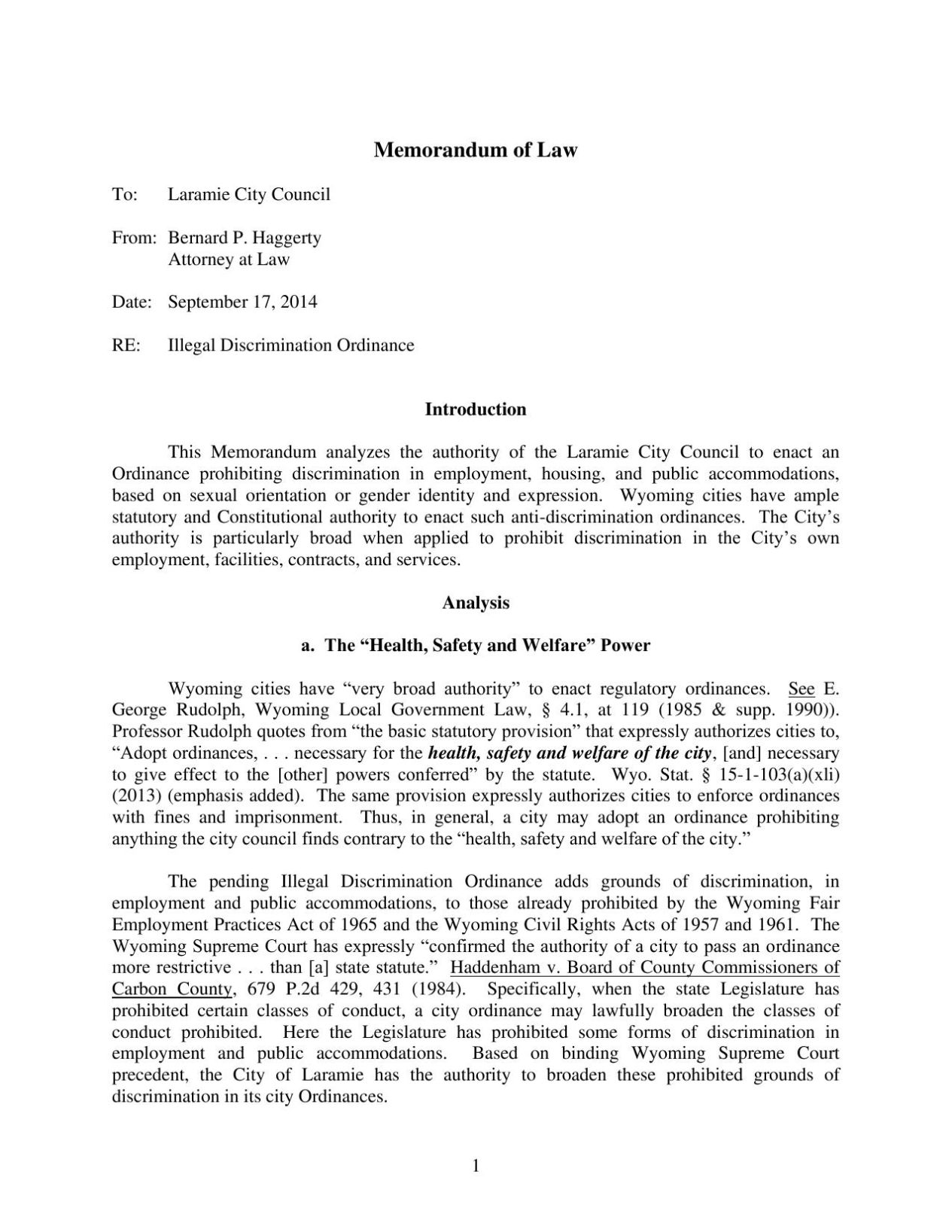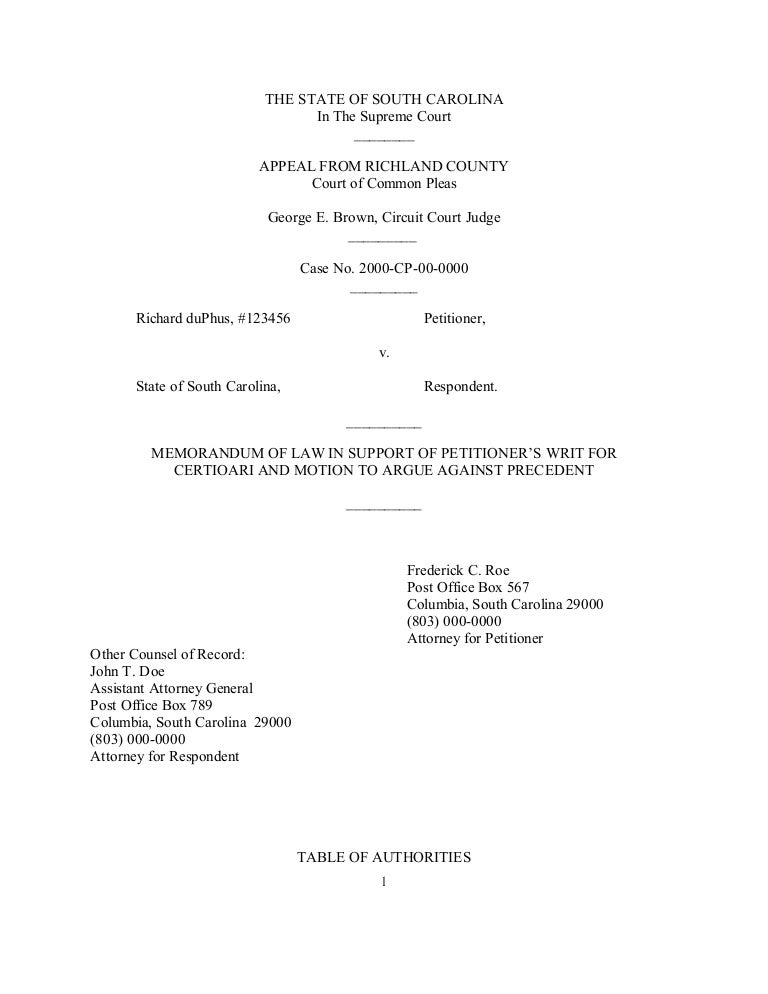

#Memoranda of law trial#
The second section will contain a brief description of the procedural history of the case, that is, a short description of what happened at the trial level and at the appellate level, or what types of motions were filed and when. The first section of the case brief usually contains a description of the facts of the case. When writing a case brief, begin with the name and citation of the case. The brief will give the attorney the information he or she requires, to decide whether the case is relevant and worth spending the time to read in depth.Ī brief, in this context, is a form of taking notes and includes a variety of sections. Instead of reading a 25 page case, for example, many attorneys will ask their clerks (or their associates) to summarize a case – or to “brief” the case. The word “brief”, however, has another meaning – it refers to a short synopsis of a case. Legal memoranda are sometimes called “briefs”. Words like “heretofore”, “hereinafter”, “hereinbefore”, “aforementioned”, etc., should be avoided whenever possible. In his revised memorandum, Hal writes, “The seller agrees to convey its entire interest in the property to the buyer.” The language is clearer, fewer words are used (thus generating less paper), but the message is still the same. For example: In its memorandum to the court in support of its motion for summary judgment, Hal, the plaintiff’s attorney, argued that “the party of the first part coveted to convey its entire interest in the subject real property to the party of the second part.” The court, unhappy with the language, instructs Hal to rewrite his memorandum, excluding any legalese. As legal writing has evolved, there has been a movement to move away from convoluted legal writing, also known as “ legalese” to more contemporary, or “plain” writing. One of the reasons legal writing was so complicated was because attorneys wanted to cover their bases and make sure that their documents were as complete as possible. Attorneys took great pains to make language in documents as complicated as possible. There was a time when simple legal writing was frowned upon.

Complaints, answers, discovery documents, motions and legal memoranda (sometimes called “briefs”) make up a large part of a court file. You have learned in previous chapters that part of the legal profession involves a large quantity of writing. Video-Course: Post Judgement Actions - Module 5 of 5


 0 kommentar(er)
0 kommentar(er)
